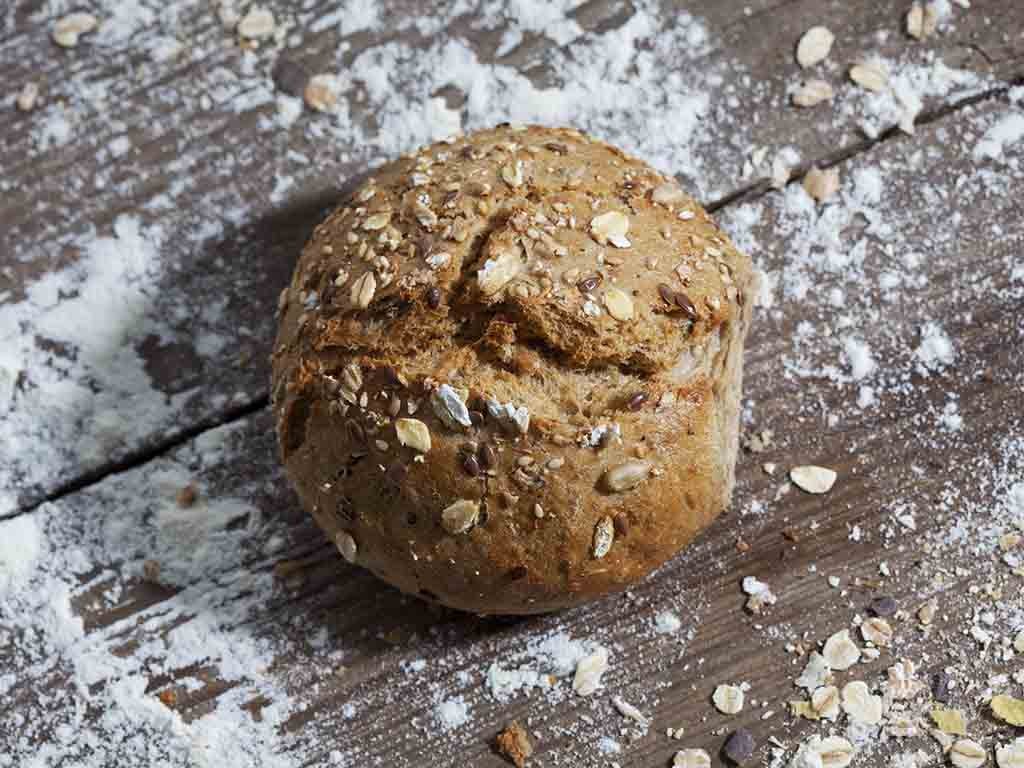What happens to your body if it doesn't get enough fibre?
Fibre has a beneficial role in appetite control, and protects against various diseases; from constipation to cancer, as well as cardiovascular diseases.

There may be no magic bill or magic ingredient, but dietary fibre seems to be a very influential ingredient in foods. It is remarkable that the consumption of this edible but indigestible part of food has very wide health implications. So, how can an indigestible ingredient be that important?
Dietary fibre is vital not only for our bowel health and function, but far beyond this. To put it simply, part of this roughage is fermentable, and in other words, it becomes a food for our friendly gut bacteria, and the non-fermentable part enhances bowel movement and stool consistency. Whatever the characteristics of dietary fibre such as solubility, viscosity, and fermentability, it is essential for our health, and it should be a crucial component in our diet.
Dietary fibre has been demonstrated to have a protective role against various diseases; from constipation to cancer, as well as cardiovascular diseases. Bowel function is the most directly affected by fibre content in foods, and that is manifested in the frequency of bowel movements, and more importantly stool consistency.
The protective role in colon cancer is a complex one, but it is thought to be due to at least the attenuation of mutagen formation in the gut. Whereas the protective role in CVD is due to both the lower glycaemic index of high fibre foods leading to a better insulin sensitivity, and the reduction in blood cholesterol exerted by fibre in foods through their effect on the enterohepatic circulation of bile acids.
Dietary fibre comes solely from plant foods and mainly from plant cell walls, but processed animal foods may be enriched with fibre from plant sources too. To opt for a high fibre diet, you ought to select whole foods and avoided refined ones, to aim for the 25g recommended amount. Look for the food label, and go for items that have at least 5 grams fibre per one 100 grams. These will be mostly wholemeal types of bread and pasta. They may not be as tasty at first, but I promise they will be as delicious and tasty within a week of integrating them into your daily diet.
Foods high in fibre
Show all 6Additionally, with a cooking shift from rice and potatoes into cereals and pseudocereals, you can guarantee that you will comfortably get your daily fibre intake without effort. Examples of these alternatives are buckwheat, barley, millet, maize, wheat, bulgur wheat, quinoa, sorghum, and teff. Fruits and vegetables are also good sources of fibre, but remember fruit juices are generally not. The legumes family are very good source of fibres in addition to being nutrient-dense foods, and the same can be said for nuts and seeds.
With such shift in food culture as recommended above, you may come across the so-called antinutritional factors. These are substances which can reduce the availability of nutrients in food, and their intake will be higher in your diets, but their effect is really very modest, and by learning a few home-processing techniques such as overnight-soaking, the effect will be negligible.
High-fibre foods have a beneficial role in appetite control, and hence eating a high-fibre diet can assist greatly in weight control and weight-loss, but only with self-monitoring and a bathroom scale. The argument that the calorie source matters is in essence about the fibre content forming a food matrix and its role in appetite control and glycaemic response compared to refined food source of calories with negligible effect on satiety and high glycaemic response.
Fibre-rich foods have generally low glycaemic loads and can have not only a preventive role but also an essential role in the management of blood glucose in diabetes. However, the relationship between fibre content and glycaemic load is not always straightforward as there are foods rich in fibre but with high glycaemic load; most likely it will be a processed food by the way.
Beware that there are fibre-enriched food items in the market which are still loaded with high-sugar content. Only if sugar content is less than 5 grams per 100 grams, then you can go ahead and select on fibre content basis. Also, do not be deceived by the colour of bread as you can easily encounter dark-brown wheat or rye bread with added sugar of 10% or more. There is no alternative to reading and understanding food labels.
It is possible to have too much fibre but it is very rare, and normally up to 35g per day is not known to cause side effects. Anybody can have a dietary assessment using various mobile apps. Other than some exceptional cases where a low-fibre diet is recommended by your GP, I recommend everyone to ensure that their fibre intake is more than adequate, from wholesome foods as they naturally exist, and within the context of a healthy diet.
Dr Fandi Ibrahim (PhD, RNutr) is a lecturer in Nutrition and Human Health at the Department of Science and Technology, University Campus Suffolk
Subscribe to Independent Premium to bookmark this article
Want to bookmark your favourite articles and stories to read or reference later? Start your Independent Premium subscription today.

Join our commenting forum
Join thought-provoking conversations, follow other Independent readers and see their replies